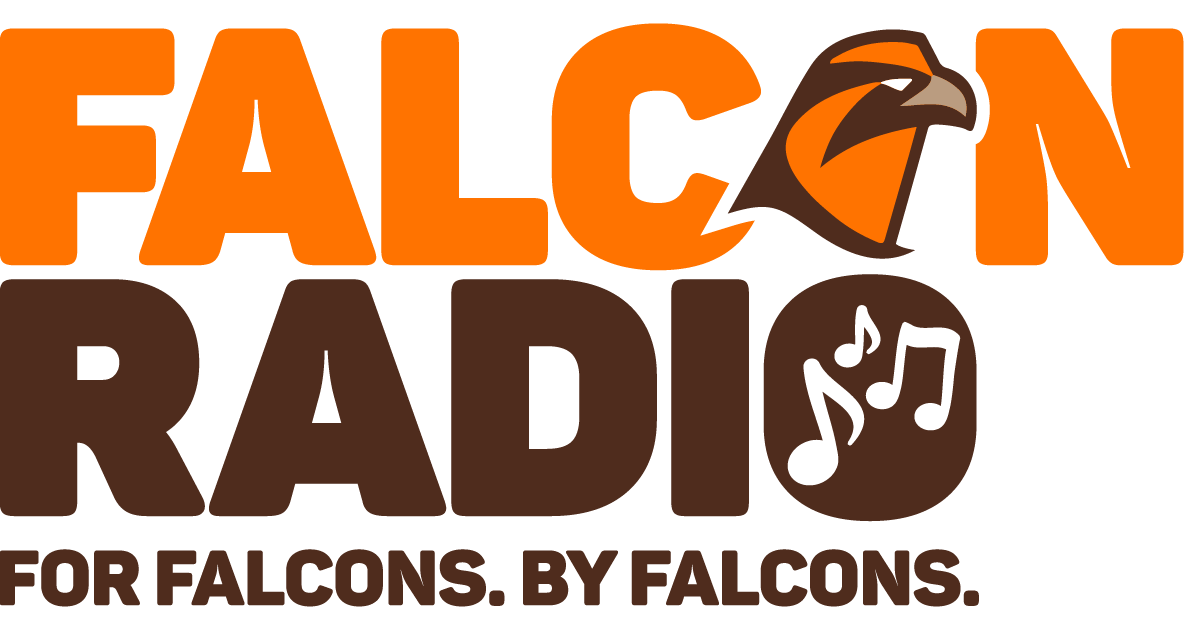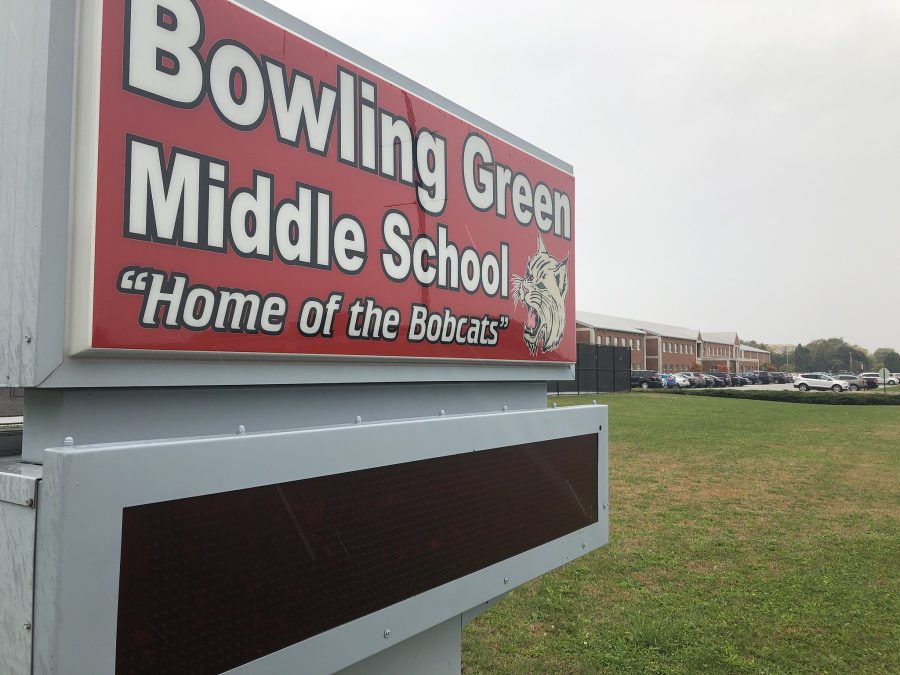MCT – In our digestive system, food enters the mouth, passes through a long tube, and exits as feces through the anus. The smooth muscle in the walls of the tube-shaped digestive organs rhythmically and efficiently moves the food through the system, where it is broken down into tiny absorbable atoms and molecules. During absorption, nutrients from the food (carbohydrates, proteins, fats, vitamins and minerals) pass through channels in the intestinal wall and into the bloodstream. The blood works to distribute these nutrients throughout the body. The waste parts that the body can’t use are passed out of the body as feces.
Every morsel of food we eat must be broken down into nutrients that can be absorbed by the body, which is why it takes hours to fully digest food. Protein must be broken down into amino acids, starches into simple sugars, and fats into fatty acids and glycerol. The water in our food and drink is also absorbed into the bloodstream to provide the body with the fluid it needs.
The digestive system is made up of the alimentary canal and the other abdominal organs that play a part in digestion, such as the liver and pancreas.


















